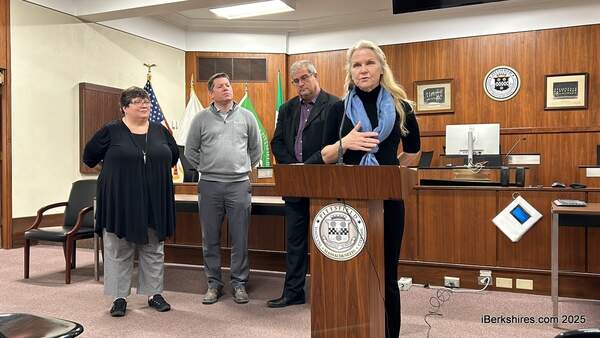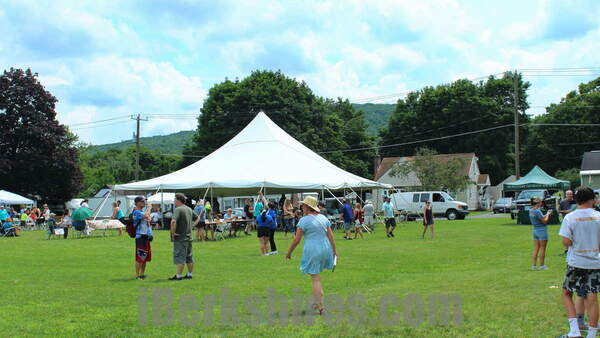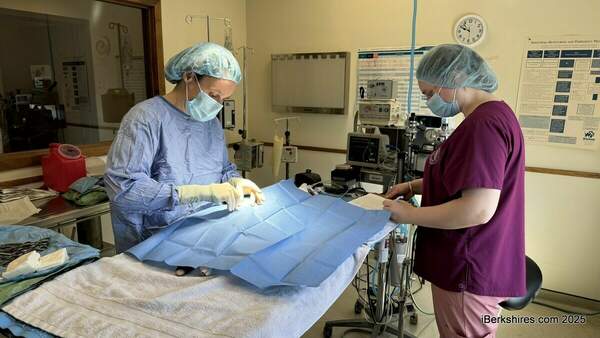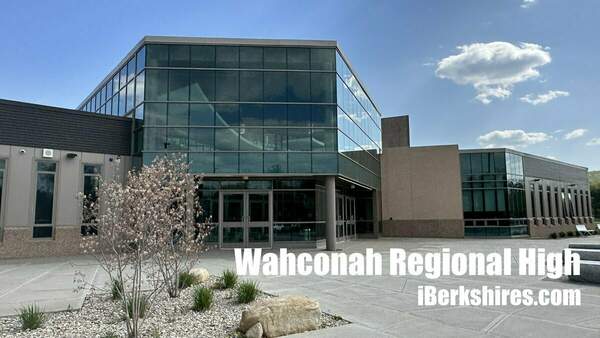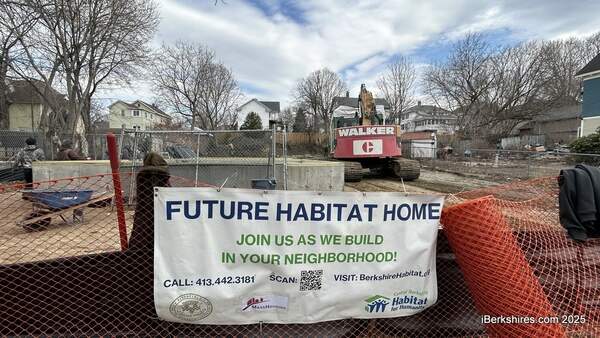
Developer Asks $400K From Pittsfield Housing Trust for Condo Project
PITTSFIELD, Mass. — A developer is asking for $400,000 from the Affordable Housing Trust for a $21.5 million condominium build in the former Polish Community Club.
Between disagreements about site design and a formal funding process not yet established, the trust says more time is needed before a decision can be made.
Last week, the trust discussed preliminary numbers for a first-time homebuyer's housing project at the corner of Center and Linden Streets. The panel OK'd a general letter of support to the state, as the developers are vying for $10 million through the MassHousing CommonWealth Builder Program.
"I understand the need for housing," Chair Betsy Sherman said.
At the proposed Westside Village, a person at 80 percent area median income would pay more than $160,200 for a one-bedroom with a monthly cost of $1,639, and a person at 100 percent AMI would pay over $205,700 for the same unit with a monthly cost of $2,048. It includes one- to three-bedroom units, a three-bedroom costing more than $205,500 at 80 percent AMI and over $262,500 at 100 percent AMI.
The project is estimated to cost $21,486,000 and developers say they need $400,000 from the trust to ensure that eight units are designated for 80 percent AMI homebuyers, as required by the zoning. There is about a million-dollar funding gap.
The AHT ask equates to $50,000 a unit but trustees could choose a lesser allocation.
Currently, the trust has $650,000 between American Rescue Plan Act funds and Community Preservation Act funds and has applied for CPA funding in the upcoming cycle. Though members are concerned about putting all of their eggs in one basket and some see the proposal as counterintuitive to the West Side and overlay district the property lies within.
After pushback to redesign the site plan to better align with the spirit of the Downtown Creative District, developer Robert Shan asserted, "We won't do it. We won't do it," claiming that it would take an additional $150,000 to $200,000.
"This is our proposal. This is where we're at," he said. "We have stepped up where we have not seen others step up to bring a project of this magnitude with this opportunity for such a significant impact in the gateway city of Pittsfield, and we want to keep moving forward, we're not going to go backward."
Shan would be willing to reduce the amount of parking, which he has previously boasted is over the required amount, and increase green space. He said there is a limited window for the state funding and "the opportunity is now."
"We're looking to the trustees to make a significant impact here because you have this opportunity to help drive the delivery of 40 units of affordable housing now that will have such a substantive impact in the community," he said.
The plan does not utilize the property's density allowance of 70 units and includes private back yards for some condominiums. Director of Community Development Justine Dodds clarified that the proposal does not go against DCD Overlay guidelines.
Trustee Kamaar Taliaferro voted against the letter of support.
He sees this as a crucial property to connect the historically under-resourced area to the downtown and will not vote for the project unless there is a significant change to the site plan so that it better engages with the street, such as frontage on Center or Linden Street.
He would support funding for a redesign.
"I think that the site design as it is currently conceptualized is hostile to that Downtown Creative Overlay District," he said.
"And that leads to the major concern I have, which is that given how out of step with the overlay district, the conceptual site design is, it's going to limit the potential of the neighborhood as a whole."
(Taliaferro, in an email to iBerkshires on Wednesday morning, said his concern was that the Inclusionary Zoning Ordinance already requires developers to have at least 20 percent of the units affordable to people making 80 percent of the AMI and that many trusts only fund affordable units beyond that. He said the state builder program also aligns with the ordinance.
Sherman agreed, saying she supports a design that "looks more like the West Side."
"I think that communities have a voice, they have a language and there is a vernacular and I know that when I drive through the West Side, certainly it changes over time and buildings change over time but in fact, I don't see the construction here echoing that vernacular and I find that unfortunate."
She recognized that Shan has made it clear that the site plan won't be changed and appreciates his honesty but believes that the trust is tasked with uplifting every community.
"We have to uplift all of Pittsfield and right now we're talking about the West Side specifically and I think that it is our job as a committee to reflect the community that exists as we see it, that this just is very important to me," she said.
Trustee Matthew Lauro found himself at a crossroads while listening to the conversation, seeing both sides.
Trustee Michael McCarthy disagreed and said the panel was "throwing a grate underneath the only significant affordable housing project that we've seen." He is also "bitterly disappointed" that the trust has "accomplished nothing" in the last year.
"Kamaar and Betsy, I admire you and I have great affection for both of you but I have to tell you once again, the city of Pittsfield is making perfection the enemy of the good. We have nothing else going on in the city of Pittsfield in the way of affordable housing," he said, pointing to the developer's willingness to sell the units for less than half of the cost to build.
Dodds also appreciates the input but thinks it is an opportunity for a great homeownership project to benefit people at those AMI levels. She also does not see how the trust's funding sources could allow supporting the redesign of a project.
"We haven't had anything like this in the city of Pittsfield in a very long time and I think it's new growth, which represents something that we're looking for," she said.
Tags: housing,


